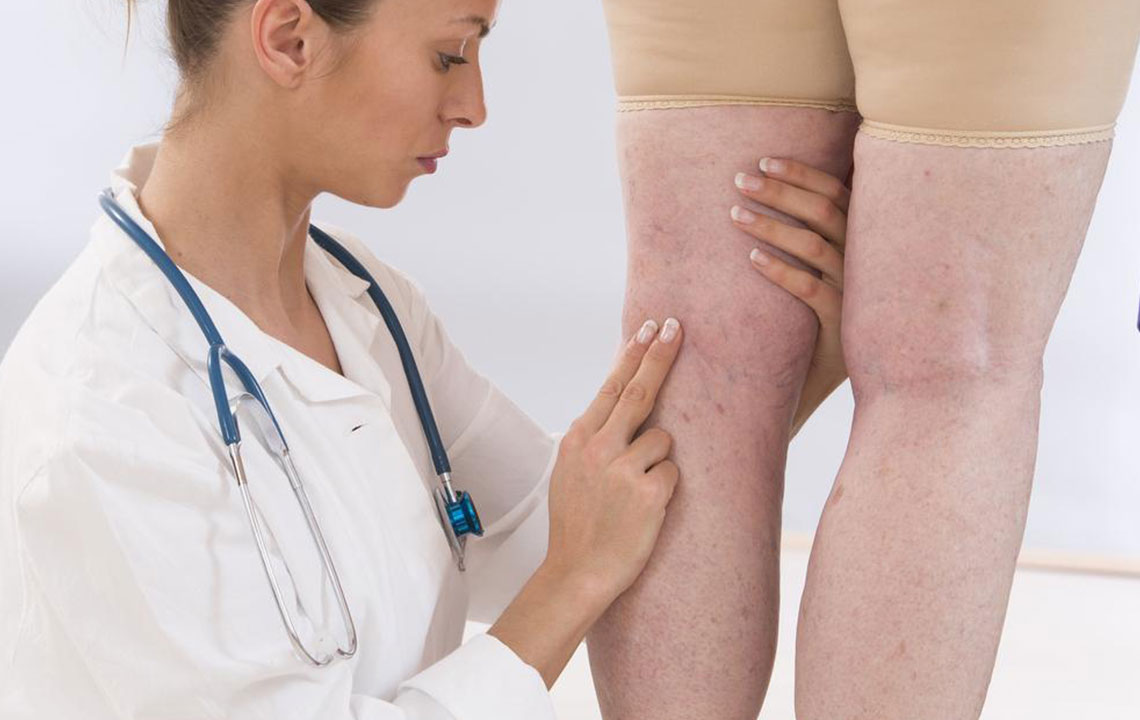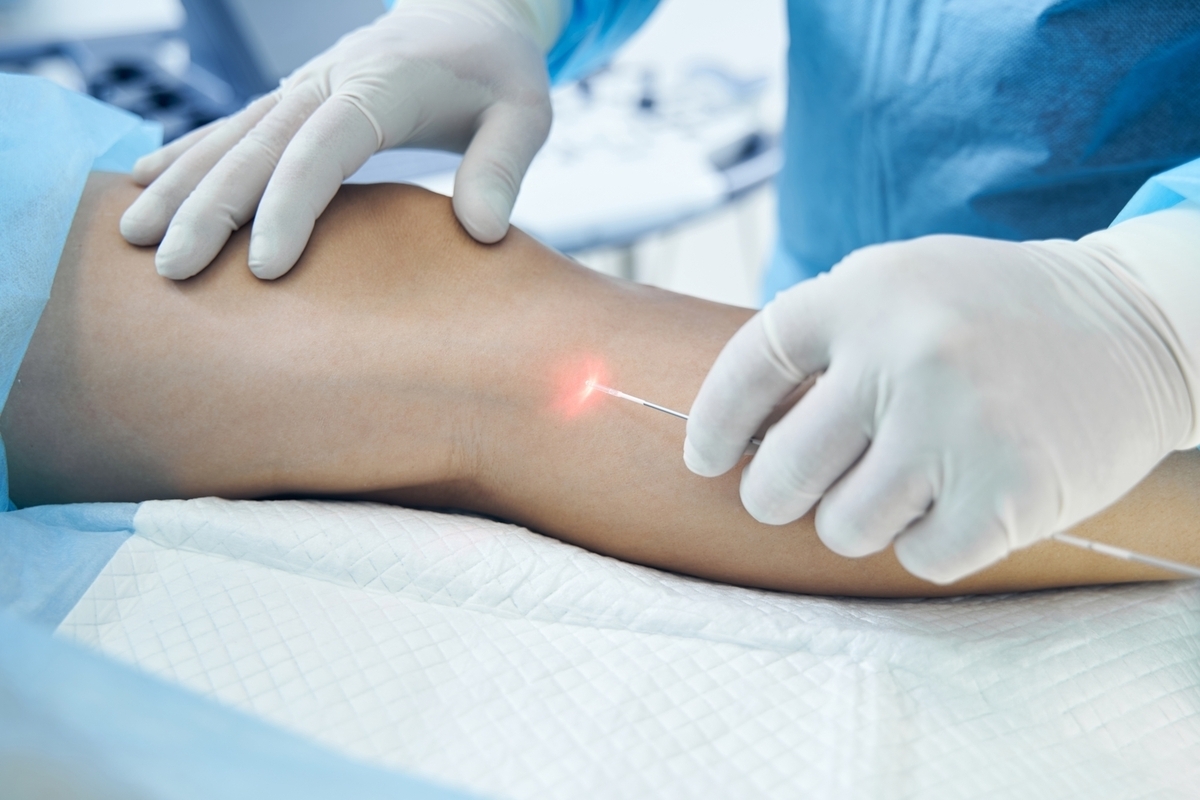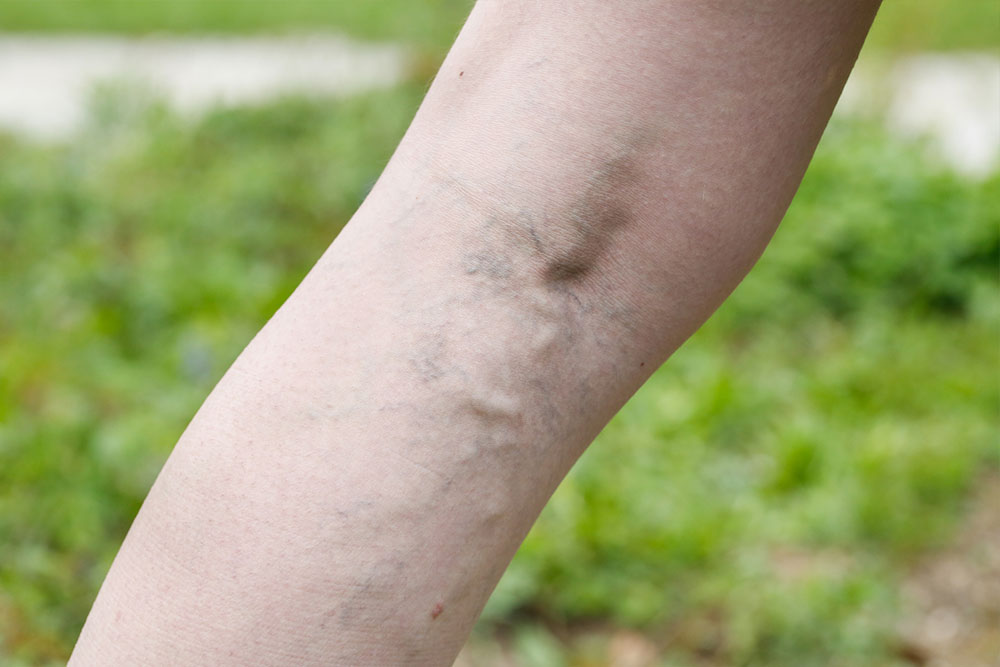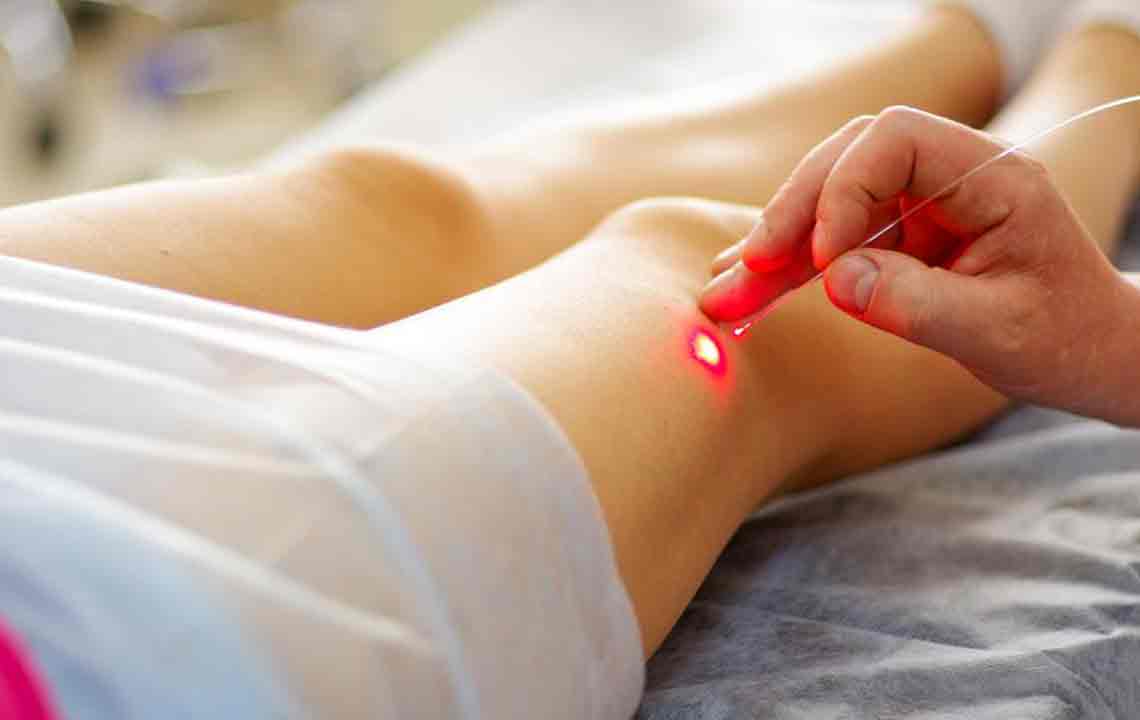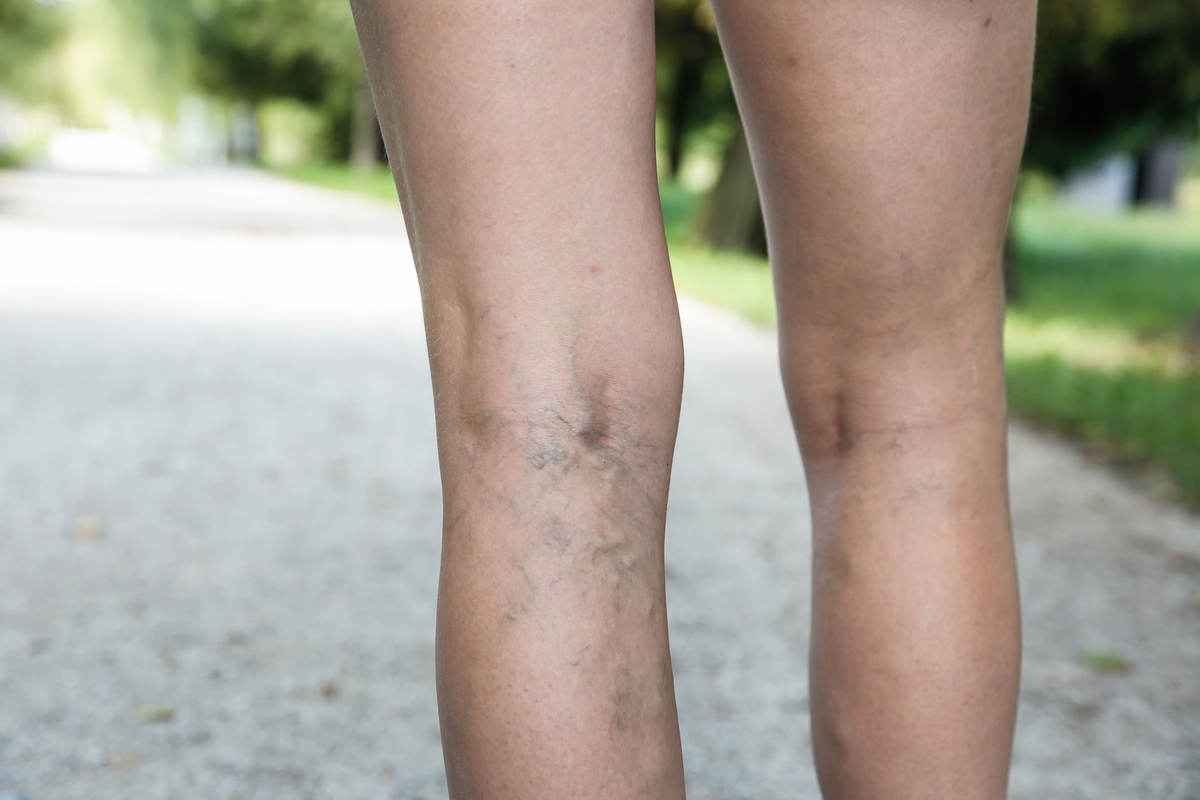Understanding Varicose Veins: Causes, Symptoms, and Treatment Options
Discover comprehensive insights into varicose veins, including causes, symptoms, and effective treatment options. Learn how lifestyle changes and medical procedures can help manage and prevent this common venous disorder for healthier legs and improved quality of life.
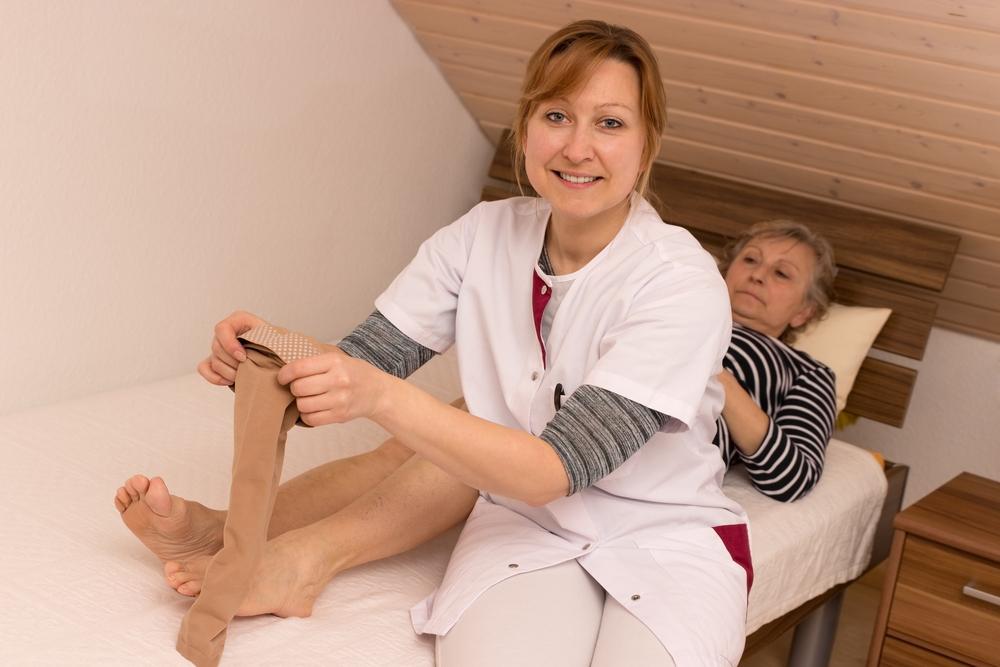
Understanding Varicose Veins: Causes, Symptoms, and Treatment Options
Varicose veins are a widespread venous condition affecting many around the world. They occur when the valves within the veins weaken or become damaged, preventing efficient blood flow from the legs back to the heart. Because veins must carry blood against gravity, they experience significant pressure. When this pressure damages the vein walls or valves, blood pools, causing veins to swell, twist, and protrude visibly. This results in the characteristic bulging appearance and discomfort often associated with the condition.
Factors Contributing to Varicose Veins
Common causes include aging, pregnancy, excess weight, and sedentary lifestyles. Additional factors such as smoking, genetic predisposition, and previous circulatory issues can also increase risk.
Signs and Symptoms
Symptoms can be categorized into symptoms felt by the patient and visible signs.
Symptoms
Heavy, tired legs, especially at nighttime
Persistent urge to move the legs (restless legs syndrome)
Overall fatigue and exhaustion
Itching and skin irritation
Pain in affected legs and feet
Leg cramps after prolonged sitting or standing
Aching due to improper blood flow
Visible Indicators
Swollen legs and ankles from enlarged veins
Discolored veins appearing blue or purple
Potential development of skin ulcers or bleeding from minor injuries
Thickening and hardening of veins with associated discomfort
Redness around affected veins
Skin hardening and shrinkage around the ankle, known as lipodermatosclerosis
Treatment Approaches
Many underestimate varicose veins as merely cosmetic issues, but untreated cases can lead to serious complications like ulcers, blood clots, and chronic venous insufficiency. The primary treatment is compression therapy using elastic stockings that promote blood flow and reduce vein swelling. For more severe cases, surgical procedures such as vein removal or minimally invasive techniques like laser therapy are recommended. Sclerotherapy involves injecting chemicals to close veins, while endovenous laser treatments seal off problematic veins effectively.
Preventative measures include avoiding prolonged sitting or standing, elevating legs, maintaining a healthy weight, engaging in regular exercise, and avoiding tight clothing or high heels. Quitting smoking also reduces the risk of developing varicose veins.
Note: Consulting a healthcare professional is essential for diagnosis and personalized treatment. Lifestyle changes can significantly aid in prevention and management, but professional guidance ensures optimal care.

